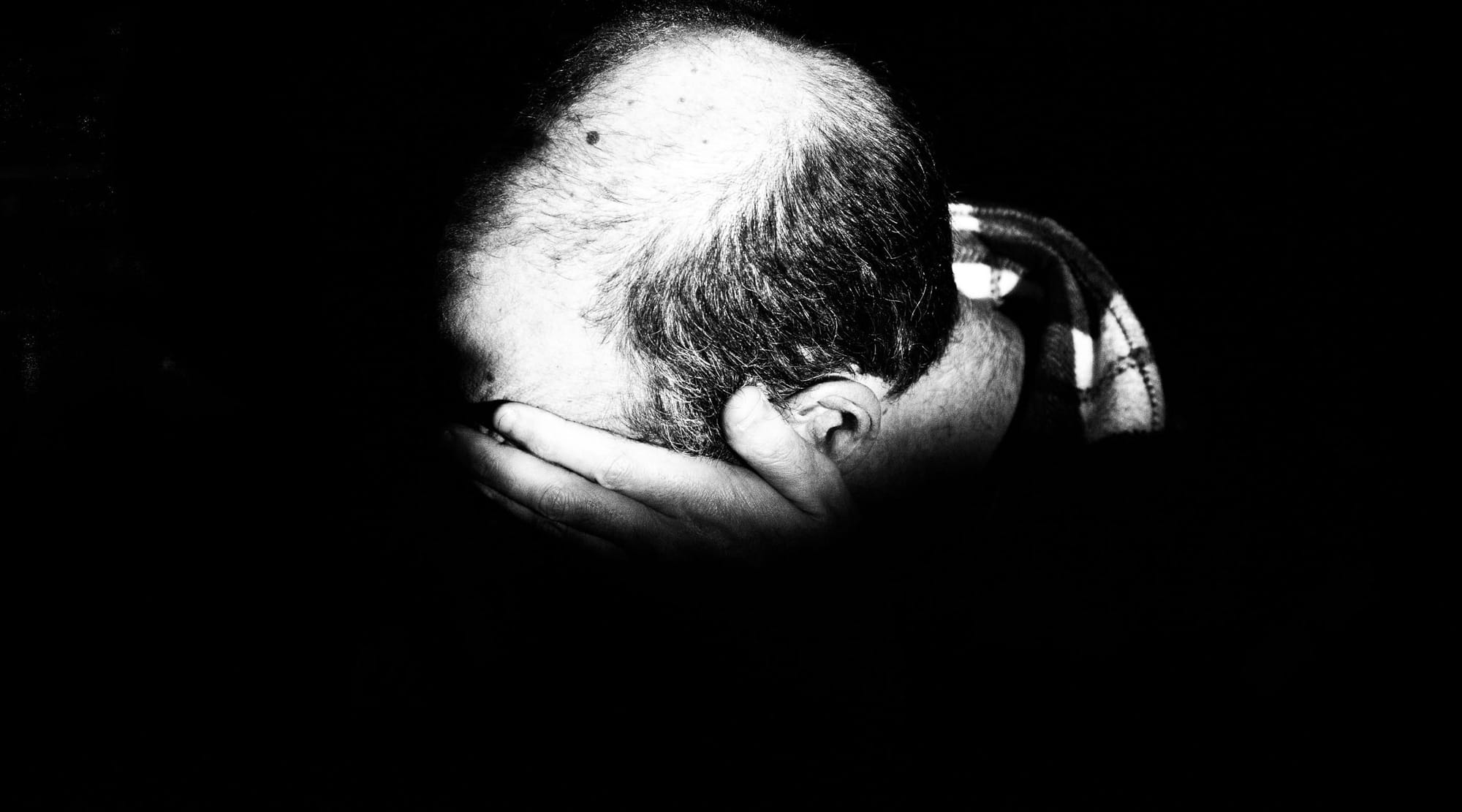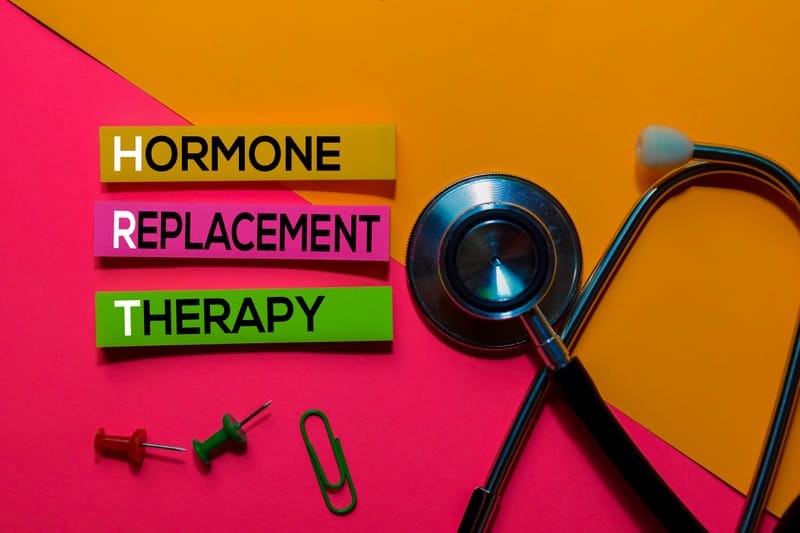To thin or try to win? Untold distress as young men battle hair loss
Male-pattern baldness may seem purely cosmetic. For those keen to get their old hair back, it can be anything but.

Evan Hale* first noticed his hair was thinning in Year 12. “It wasn't growing back the way it used to,” he recalls. Even close friends started bullying him, he says, calling him the “washed-up king” — a nickname given to American pro basketballer LeBron James due to his hair loss.
“All my life I had been defined by my long, curly hair,” Hale says. "It really shook up my perception of myself.”
He started consciously avoiding letting people stand behind him, he says, in fear they’d notice his thinning crown. Within a year he'd started taking medication, keen to get his old hair back.
So began a journey that would involve multiple treatments, adverse side effects, anxiety and many thousands of dollars.
Male-pattern baldness, a form of androgenetic alopecia, affects one in five Australian men before the age of 30.
Research shows the condition is strongly associated with the development of depression, anxiety and poor self-image. For example, a 2005 multinational European study of 1536 men found that more than one-third (38 per cent) who were not in stable romantic relationships suffered reduced self-confidence.
Removing the stigma around balding has been part of an industry push to boost men’s mental health. With a range of treatments on the market, Australian men’s health companies have been seeking to do just that. One company, Pilot, for example, states that it can’t “fix the healthcare system” but is “building a better one”.
The industry is young, with Pilot only launching in 2019. Its emergence has presented patients with a dilemma between cost and confidence, but committing to the former doesn't always ensure the latter.
Hale says that while he was at school, he was worried he would never find love.
The year following, he started taking a combination of finasteride and minoxidil. He paired this with hair thickener, which he says made him actively avoid physical contact, as the black fibres were visible.
Finasteride is a 5-alpha reductase inhibitor that blocks the conversion of testosterone to dihydrotestosterone (DHT). Men experiencing male-pattern baldness have higher levels of DHT, which causes miniaturisation of hair follicles, leading to hair loss.
But research shows it can have harmful side effects.
A 2016 study in The American Journal of Men’s Health found in some cases finasteride had been linked with depressive symptoms and suicidal thoughts.
Minoxidil is more pro-active, resulting in the two often being prescribed as a pair. Minoxidil is largely still a mystery, but scientists know it is a vasodilator, which widens blood vessels and increases blood flow, stimulating hair growth.
Hale says when he started the treatment, it was through a leading dermatologist. He was only 19; his parents paid for it, but he felt guilty as he knew the treatment was expensive.
Companies like Pilot seek to utilise digital healthcare, which only requires a brief online consultation.
Hale says Pilot was far cheaper than going through the dermatologist, but the routine of topical treatment every morning and night ruled his life.
* Not his real name

Long-time Pilot customer Morgan Wright says he first noticed his hair was thinning when he was 24.
“It was around the time Instagram started blowing up,” Wright says. He recalls noticing the thinning on his crown in images posted on the app.
“It was before the time of Pilot. I went to a medical clinic, got a script and my general practitioner fulfilled it,” he says. “The process was rather easy, and more cost-effective than programs like Pilot.”
But Wright says he experienced side effects from the oral administration of finasteride, elevating his depression to a suicidal level.
“I was on the pills for ages, and my mental health spiralled out of control.”
Wright says his depression entered a state of psychosis, where he was paranoid about the intentions of other people, be it close friends or acquaintances.
Hale says he experienced side effects, too: dizziness and a loss of libido from the topical treatment. He stopped his prescription in fear the side effects would worsen — or become permanent.
But he kept looking for options. “You keep getting sucked in,” he recalls.
He sought success at Ashley and Martin. The treatment was even more expensive, he says, and involved the use of an at-home laser cap.
Living in a share house at the time, Hale says, he would hide the cap from his housemates, despite having to use it for an extended period each day. “I felt it made me weak, and a failure.”
Despite that, he spent $7,000 on hair treatment alone that year, and would spend a similar amount the next year on in-clinic treatment.
“I knew by this time, having been in the system for five years, that they were lying to me,” he says.
He says a leading dermatologist assured him that he would get his old hair back. “I’m pretty sure [they] would’ve known full well that I wasn't a chance.”
It took considering a blood transfusion in his scalp — known as a Platelet-rich plasma — before he felt the hair-loss journey had gone too far.
The finasteride-and-minoxidil topical treatment has been shown to provide positive effects for the majority of men who use it, and the adverse side effects are said to be rare and often non-serious.
Wright says he moved to Pilot, and began the topical treatment on the advice of a new doctor, who said it was likely it was the finasteride tablets that were responsible for his declining mental health.
Pilot assured Wright that, in topical form, the finasteride would not have the same adverse side effects.
Three years in, Wright says he has not experienced any side effects.
While finding success through Pilot, Wright says he is not content with the current system.
“I worry about the one in 1000 for whom it does go horribly wrong,” he says.
“There’s no oversight; the current system really just allows for profiteering.”
For men like Wright, treatment has proven effective insofar as it brought back considerable thickness, but has been costly and unceasing.
Hale, meanwhile, though not experiencing serious side effects, decided the only option was to shave his head.
“Most people prefer when you just shave it,” he says.
A 2012 study in Social Psychological and Personality Science backs up this perception, finding that bald men appear more dominant, agreeable and masculine, and are perceived to have greater leadership skills.
For Hale, the time of being defined by long, curly hair was long gone.
After several years and thousands of dollars spent on treatment, for him, the easiest option was acceptance, opting to give up medication and embrace baldness.
As with most insecurities, he says, you are always going to be the one who cares most.





